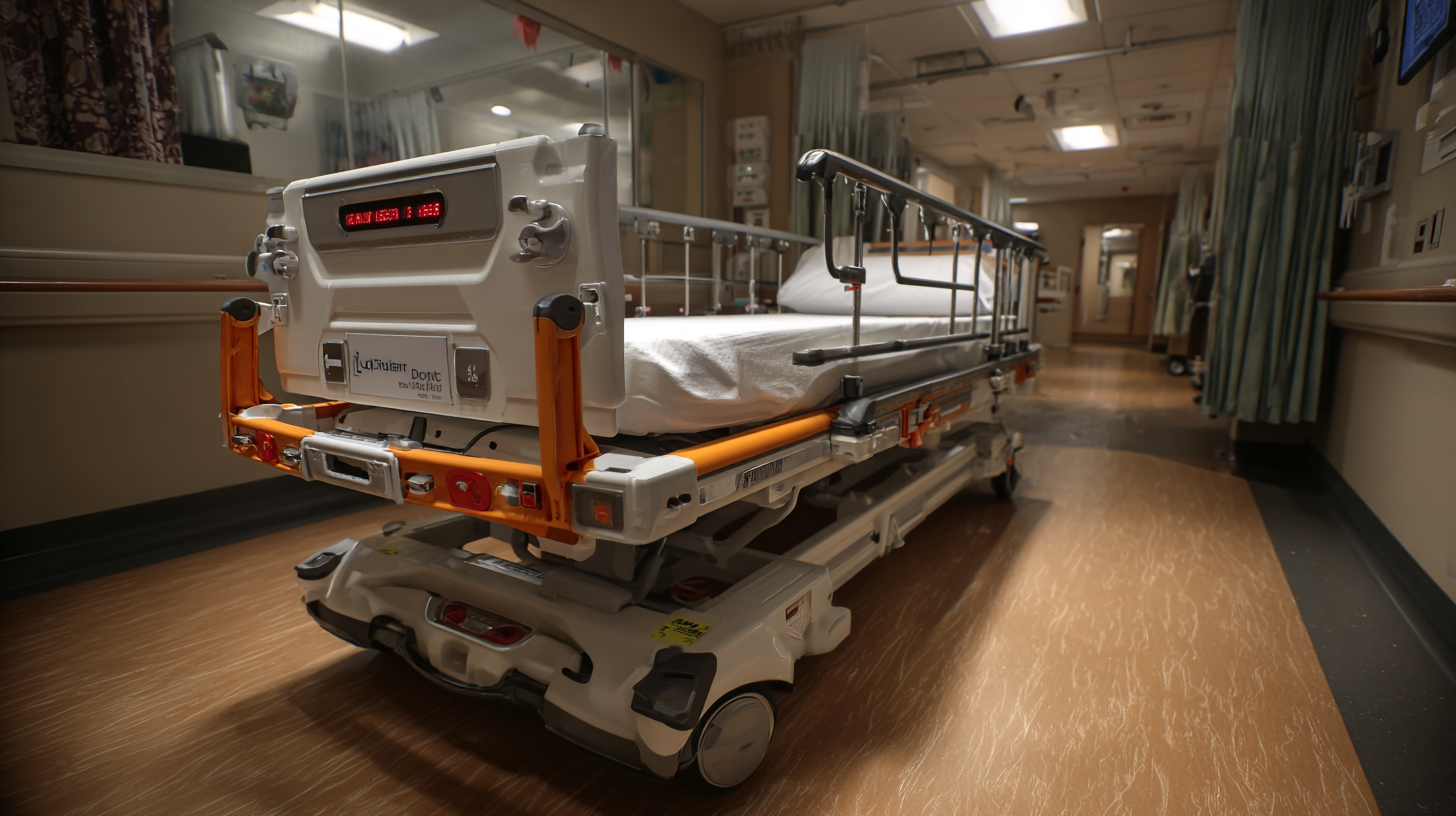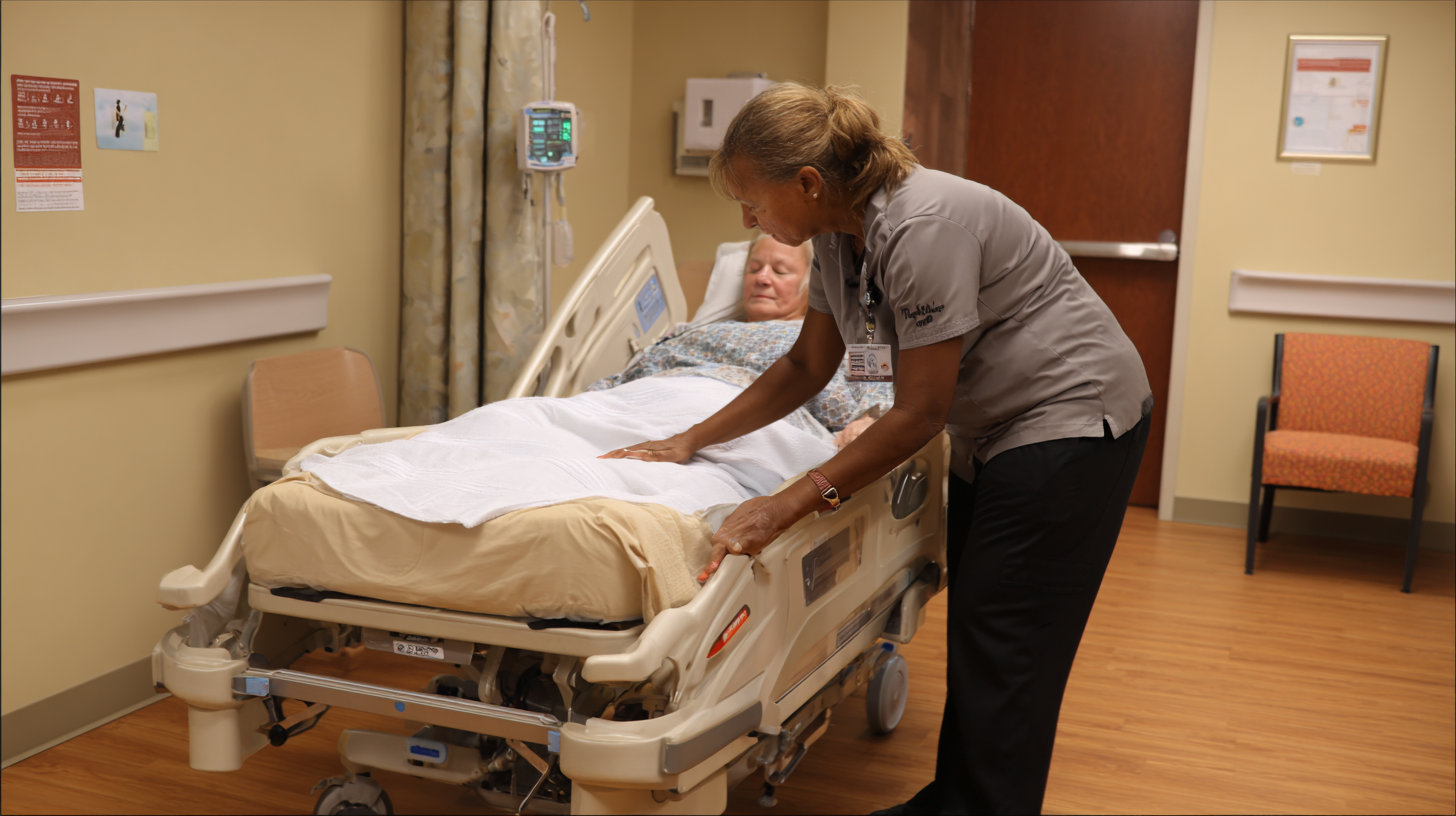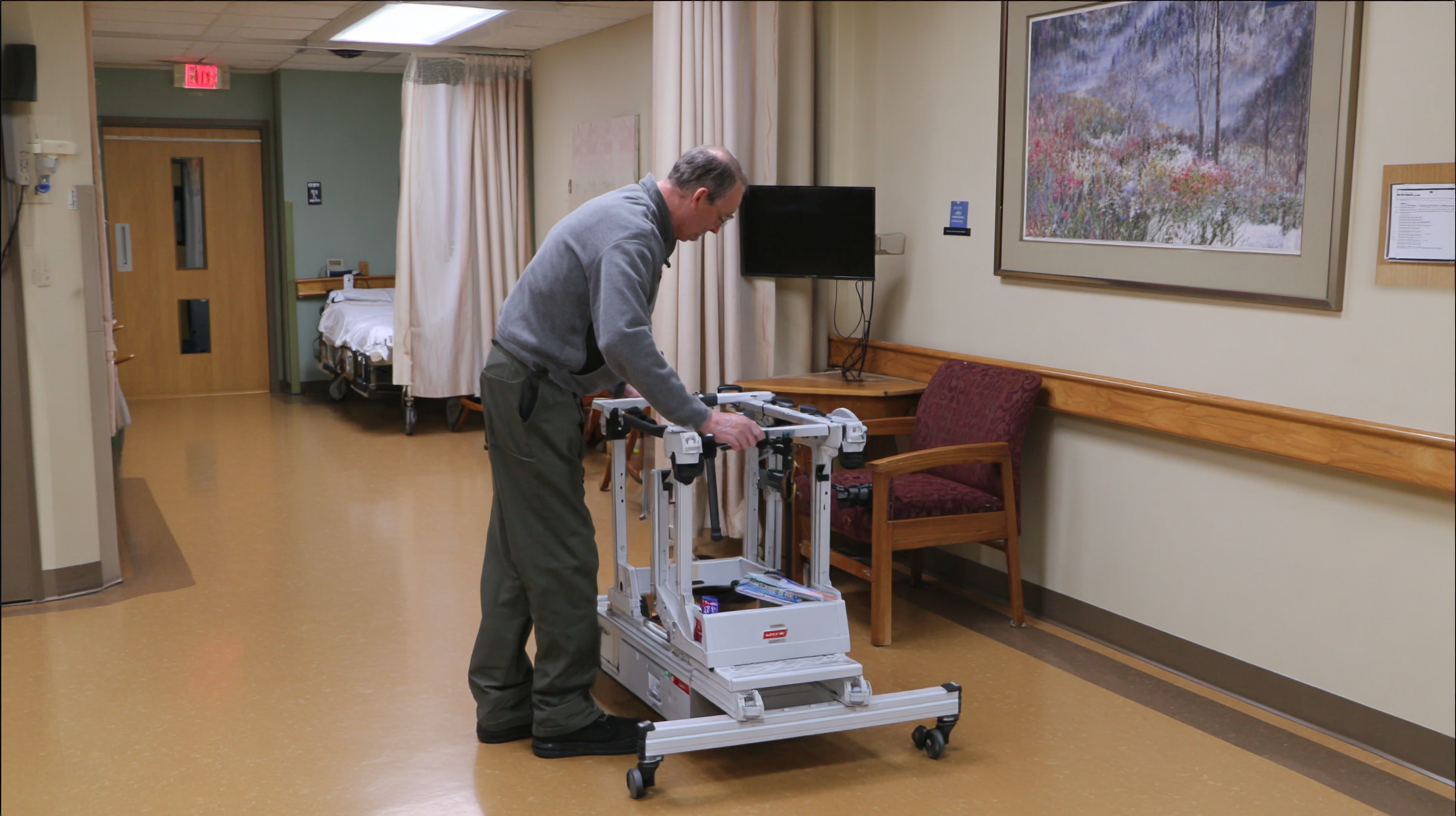Mastering the Art of Selecting the Best Patient Lift Assist for Your Healthcare Facility
In the evolving landscape of healthcare, ensuring patient safety and comfort is paramount, particularly when it comes to mobility assistance. The utilization of Patient Lift Assists has become increasingly essential, with studies indicating that up to 60% of healthcare workers experience musculoskeletal injuries due to manual patient handling (Bureau of Labor Statistics, 2021). As the demand for efficient and safe patient transfers grows, healthcare facilities must prioritize selecting the right lift assist technology to meet their specific needs. This decision not only impacts the well-being of staff but also enhances patient experience and operational efficiency. By mastering the art of selecting the best Patient Lift Assist, facilities can implement best practices that align with industry standards and foster a safer environment for both patients and caregivers.

Understanding the Importance of Patient Lifts in Healthcare Facilities
In healthcare facilities, the proper lifting and transferring of patients is not just a matter of convenience; it is a critical aspect of ensuring patient safety and well-being. Patient lifts play an essential role in this process, enabling caregivers to move individuals with mobility limitations without undue strain. By minimizing the physical demands placed on healthcare staff, these devices reduce the risk of injury, promote efficiency, and help maintain high standards of care within the facility.
Moreover, the presence of patient lifts enhances the dignity and comfort of patients. When staff use a suitable patient lift, the transfer process can be carried out smoothly and respectfully, promoting a sense of security for those being moved. A well-functioning patient lift can also accommodate various needs, making it easier for healthcare providers to deliver personalized care to different patient populations. This underscores the importance of selecting the right lift assist devices tailored to the specific requirements of the healthcare environment, ultimately contributing to better overall patient outcomes and staff satisfaction.
Evaluating Key Features of Patient Lift Assists for Optimal Performance
When evaluating patient lift assists for optimal performance in healthcare facilities, it is essential to consider several key features that can significantly impact both patient comfort and caregiver efficiency. According to the 2020 Healthcare Safety Report by the National Institute for Occupational Safety and Health (NIOSH), improper patient handling leads to over 35,000 musculoskeletal disorders among healthcare workers each year. Therefore, selecting a lift assist that minimizes the risk of injury is paramount.

One crucial feature to look for is the weight capacity of the lift. Patient lifts typically have weight limits ranging from 300 to 600 pounds, with some specialized models accommodating even more. A 2021 study published in the Journal of Patient Safety highlights that using lifts with adequate weight capacity can reduce the incidence of falls during transfers by up to 40%. Additionally, considering the dimensions and maneuverability of the lift is vital; wider bases and adjustable arms enhance stability and ease of use in cramped spaces. Furthermore, functionalities such as powered lifts and patient slings designed for specific conditions can drastically improve safety and comfort. By focusing on these critical aspects, healthcare facilities can ensure the efficiency and effectiveness of their patient lift assists.
Comparing Different Types of Patient Lifts: Which is Right for You?
Selecting the right patient lift assist for your healthcare facility can greatly enhance patient safety and staff efficiency. With various types of patient lifts available, understanding their unique features is crucial. For instance, hydraulic lifts offer portability and ease of use, but electric lifts are often preferred for their speed and minimal physical effort required from caregivers. According to a report by the American Nurses Association, injuries related to patient handling can be reduced by up to 50% when proper lifting equipment is utilized.
Tip 1: Assess your facility’s layout and patient demographics. For examples, ceiling lifts are excellent for tight spaces and can accommodate patients with limited mobility. Meanwhile, floor lifts may be more appropriate for larger areas or varying patient weights. Understanding these factors will aid in your decision-making.
Another aspect to consider is the lift's weight capacity. Heavy-duty lifts can support patients weighing over 600 pounds, which is increasingly relevant given that the prevalence of obesity in the U.S. is reported to be around 42% by the Centers for Disease Control and Prevention. Choosing a lift that meets the upper limits of your patient population will ensure safety and reliability.
Tip 2: Evaluate the ease of use and training requirements for staff. Implementing a lift that is intuitive and requires minimal training can lead to better compliance and improved patient outcomes. Investing in training programs can also empower your staff to utilize the equipment effectively, enhancing safety for both patients and caregivers.
Considerations for Safety and Compliance in Patient Lift Selection
When selecting a patient lift assist for your healthcare facility, prioritizing safety and compliance is crucial. Safety features should be at the forefront of your decision-making process. Look for lifts that come with weight limits clearly stated, robust straps, and secure locking mechanisms. Additionally, consider options with safety alarms or indicators that signal issues during operation. These features not only protect patients but also reduce the risk of injury for caregivers, fostering a safer environment for everyone involved.
Compliance with regulatory standards is another key consideration. Different regions have specific guidelines governing the use of patient lifts, often dictated by health and safety authorities. Ensure the equipment you choose meets or exceeds these regulations, which may include standards set by the Occupational Safety and Health Administration (OSHA) or the National Institute for Occupational Safety and Health (NIOSH). Regular training for staff on proper lift operation and updates on compliance can also enhance safety outcomes, ensuring that all personnel are well-prepared to use the equipment effectively and adhere to safety protocols.

The Impact of Chinese Manufacturing on the Global Patient Lift Market
The global patient lift market is experiencing significant shifts, largely influenced by the rise of Chinese manufacturing. Over the past decade, China has established itself as a dominant player in the healthcare equipment sector, offering innovative designs and cost-effective solutions. This influx of affordable patient lift assists appeals to healthcare facilities worldwide, allowing them to allocate resources towards other critical areas of care.
However, the impact of Chinese manufacturing goes beyond just pricing; it also drives technological advancements. Chinese companies are increasingly investing in research and development to improve the usability and safety of patient lifts. Their offerings often incorporate features like smart technology and ergonomic designs, which enhance both caregiver efficiency and patient comfort. This convergence of affordability and innovation urges facilities around the globe to reevaluate their procurement strategies, ensuring they are equipped with the best tools for patient care while keeping operational costs in check.
